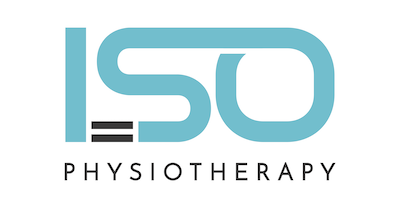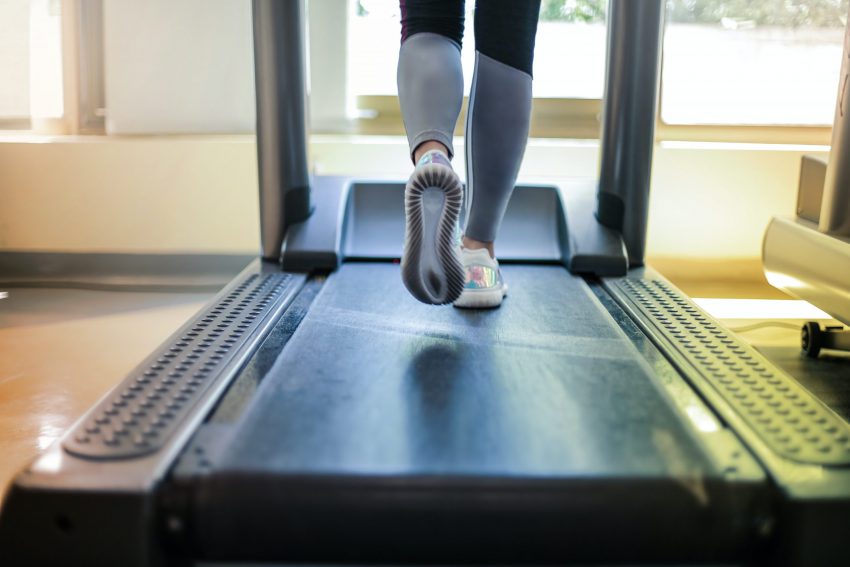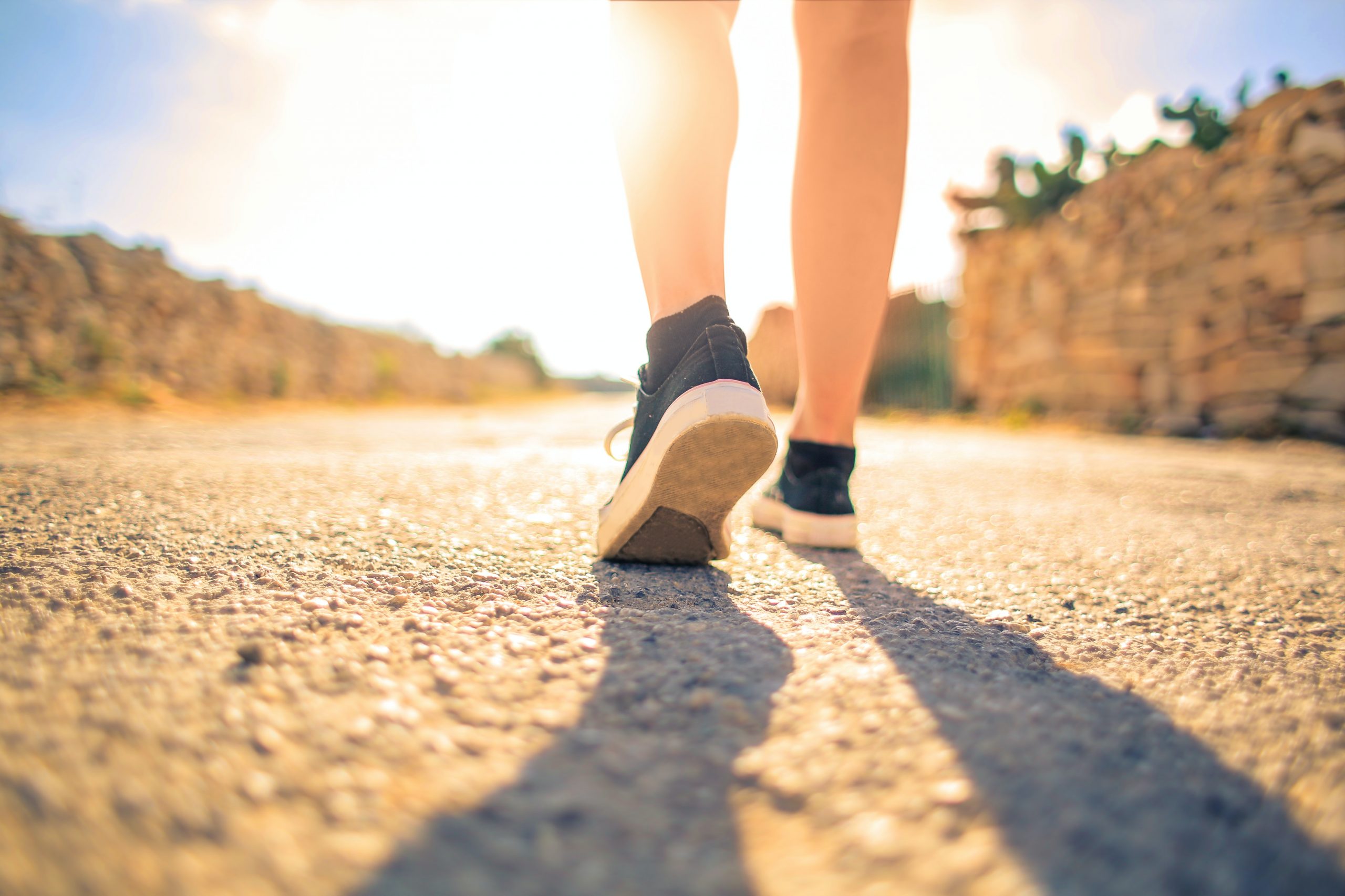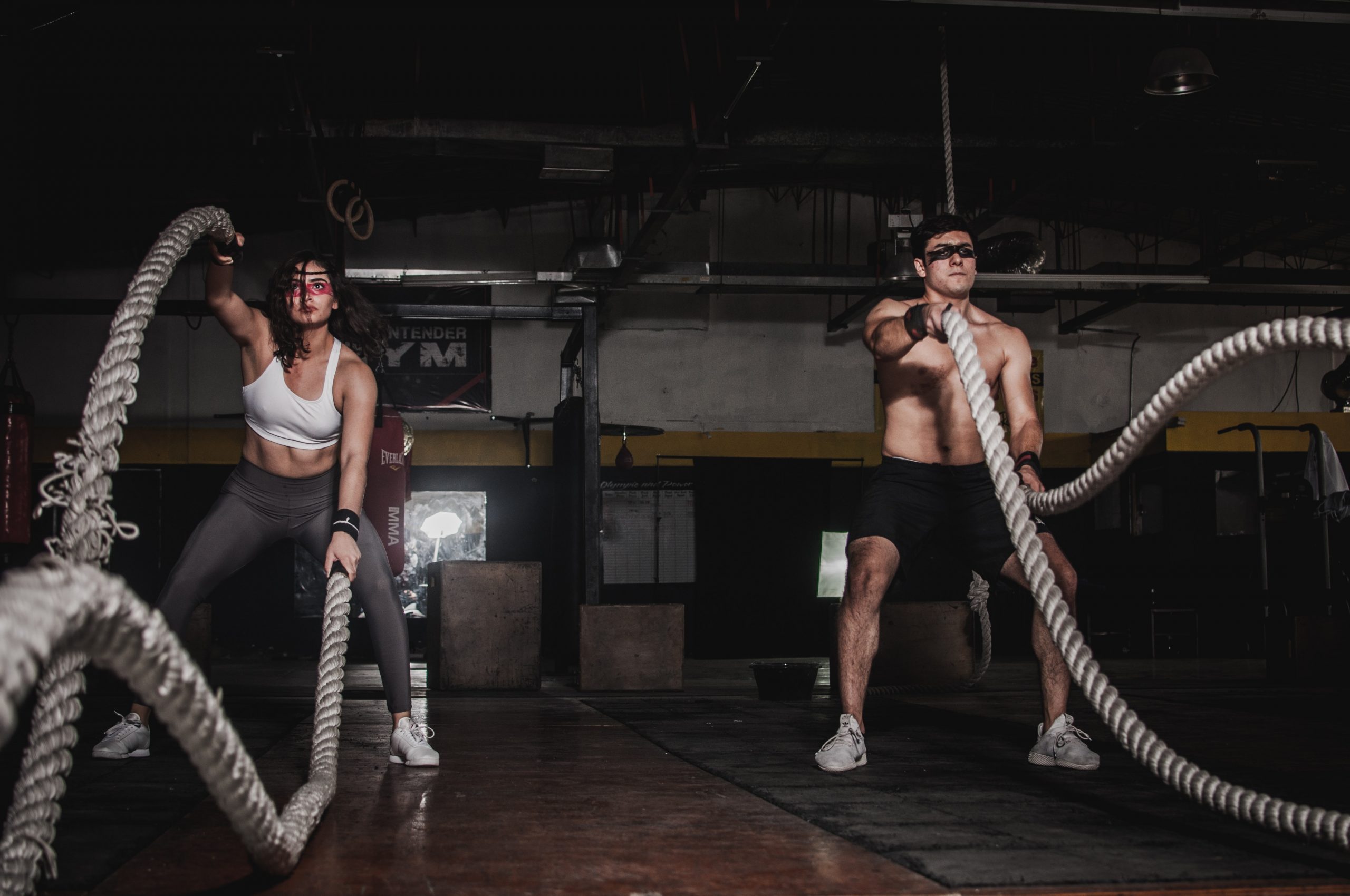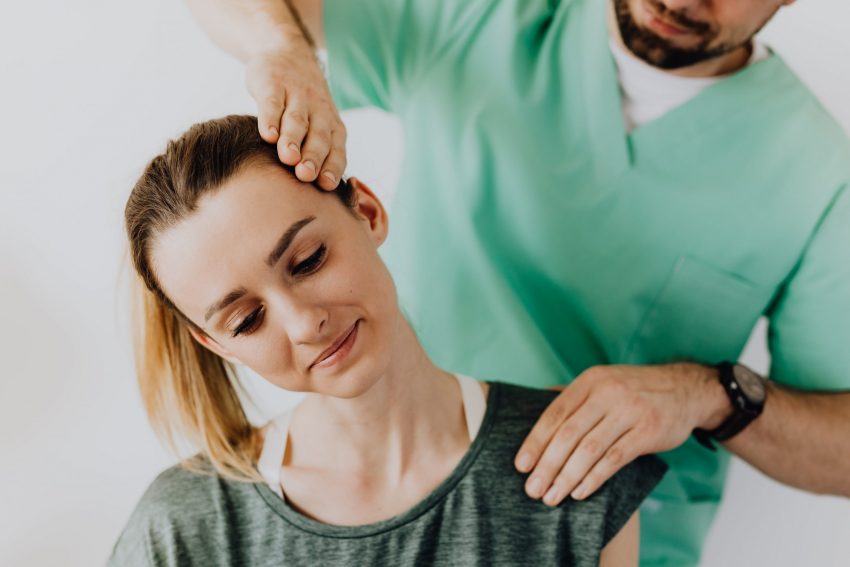5 Common Causes of Neck Pain and How ISO Physiotherapy Can Help
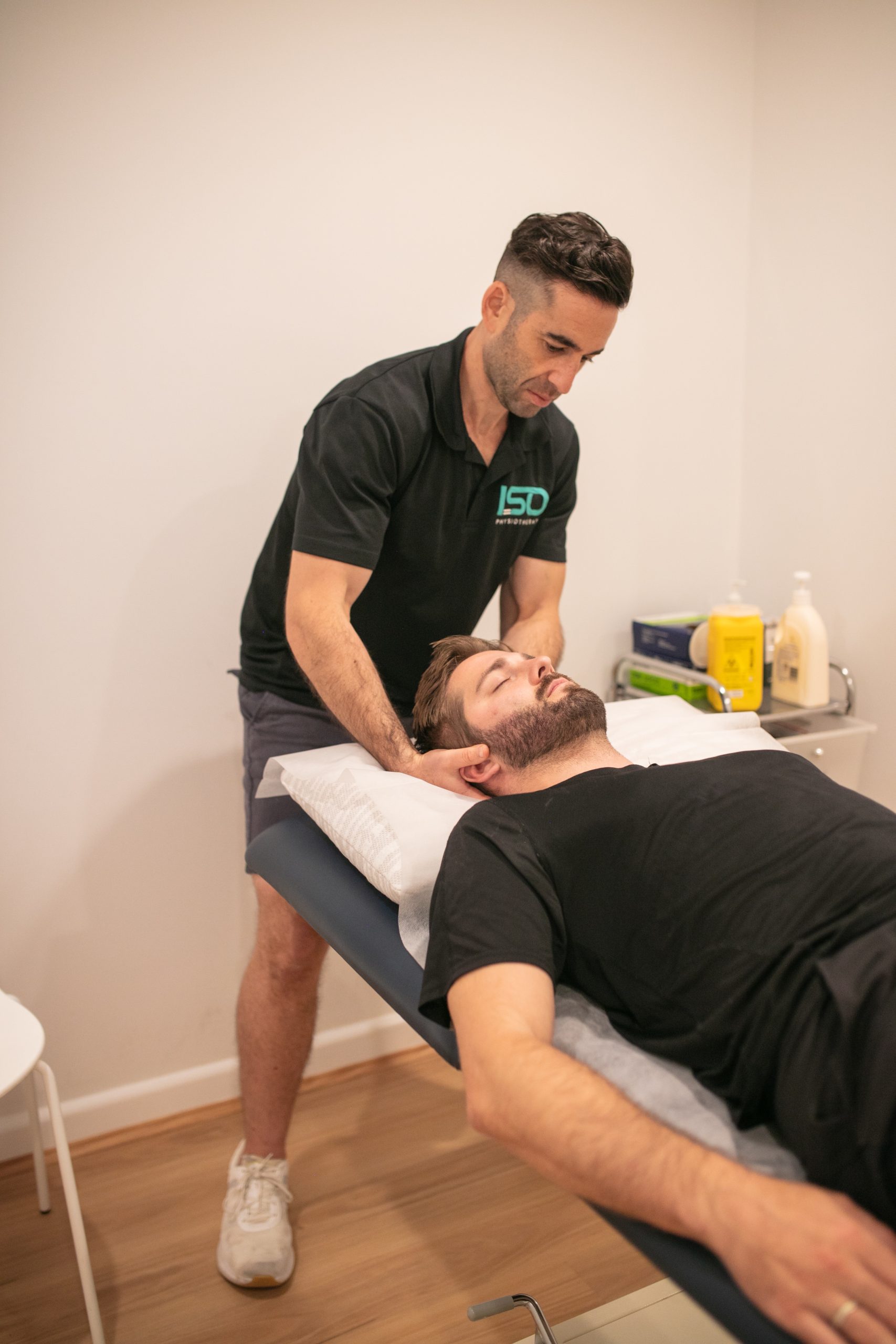
Neck pain is a prevalent condition that affects millions of people worldwide. It can be caused by various factors, and its impact on daily life can be debilitating. At ISO Physiotherapy, we understand the importance of thorough assessments, personalised treatment plans, and a hands-on approach to effectively address neck pain. In this blog post, we will explore five common causes of neck pain and explain how our specialised approach can help you find relief and regain optimal neck health.
- Poor Posture: One of the leading causes of neck pain in today’s sedentary lifestyle is poor posture. Spending prolonged hours sitting at a desk, hunching over electronic devices, or slouching can strain the muscles and joints in the neck. At ISO Physiotherapy, our skilled physiotherapists conduct thorough assessments to identify postural imbalances and develop tailored treatment plans. Through a combination of corrective exercises, ergonomic guidance, and postural re-education, we aim to relieve pain and restore proper alignment
- Muscle Imbalances and Weakness: Muscle imbalances and weakness can contribute significantly to neck pain. Imbalances occur when certain muscles become overactive and tight, while others weaken and lengthen. This imbalance can lead to poor movement patterns and increased stress on the neck. Our physiotherapists at ISO Physiotherapy use a hands-on approach to release tight muscles, strengthen weak muscles, and restore balance. By prescribing targeted exercises, stretches, and manual therapy techniques, we can help alleviate pain and improve muscle function.’
- Joint Dysfunction: The joints in the neck, known as cervical joints, are susceptible to dysfunction, which can cause pain and restricted movement. Factors such as trauma, degenerative changes, or poor posture can lead to joint dysfunction. At ISO Physiotherapy, we specialise in manual therapy techniques, including joint mobilisations and manipulations, to restore optimal joint mechanics. Our physiotherapists will assess the specific joint involvement and create an individualised treatment plan to improve joint function and reduce pain.
- Repetitive Strain Injuries: Engaging in repetitive tasks that strain the neck, such as typing on a computer or using a smartphone, can result in repetitive strain injuries (RSIs). RSIs cause inflammation and irritation of the tendons and muscles in the neck, leading to pain and discomfort. Our team at ISO Physiotherapy will evaluate your work or daily activities, identify any repetitive strain factors, and provide tailored treatment plans. This may involve targeted exercises, ergonomic modifications, and activity modifications to relieve pain and prevent future injuries.
- Stress and Tension: High levels of stress and tension can manifest physically, often leading to neck pain. Stress causes muscle tension and tightness, which can result in neck stiffness and discomfort. At ISO Physiotherapy, we adopt a holistic approach to address neck pain caused by stress. Our physiotherapists work closely with our in-house massage therapist and Pilates instructors who can combine manual therapy techniques, relaxation exercises, and stress management strategies to promote relaxation, reduce muscle tension, and alleviate neck pain.
Neck pain can significantly impact your quality of life, but with the right approach, relief is possible. A. Contact ISO Physiotherapy today and take the first step toward a pain-free neck and improved well-being.
